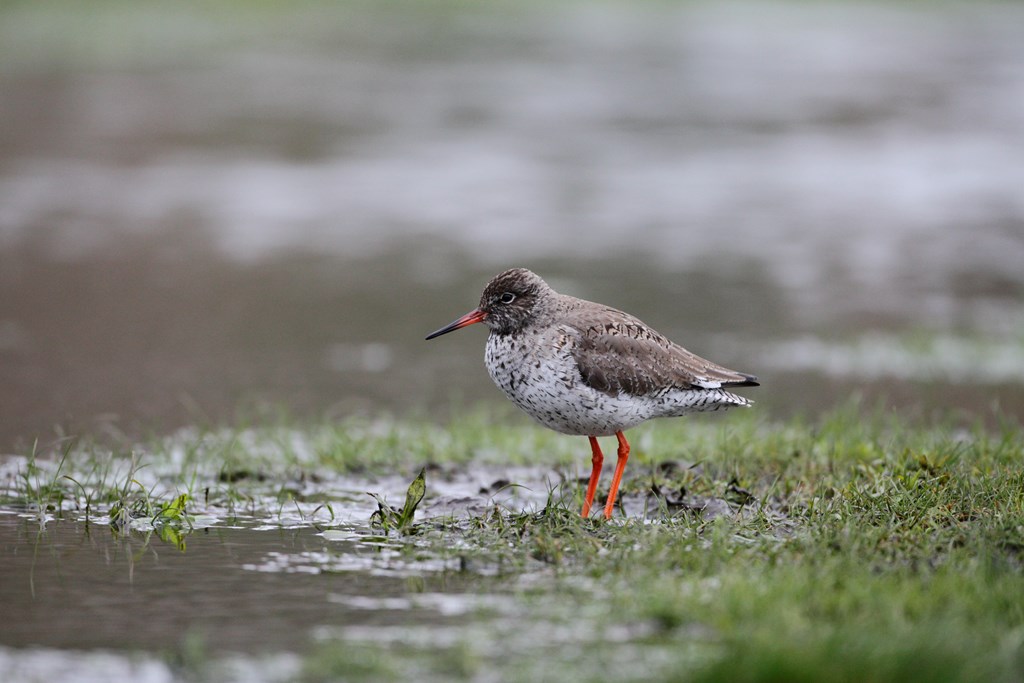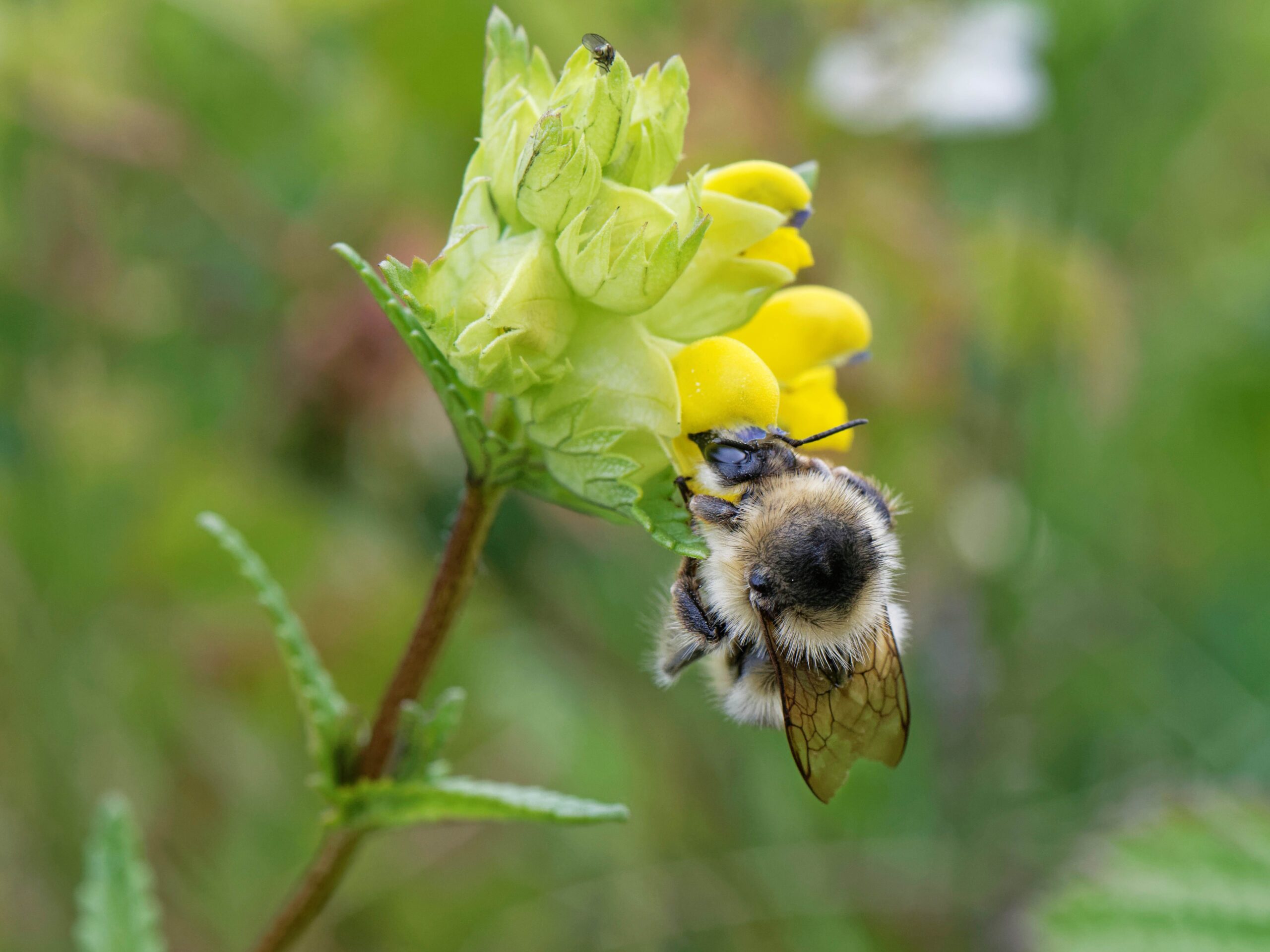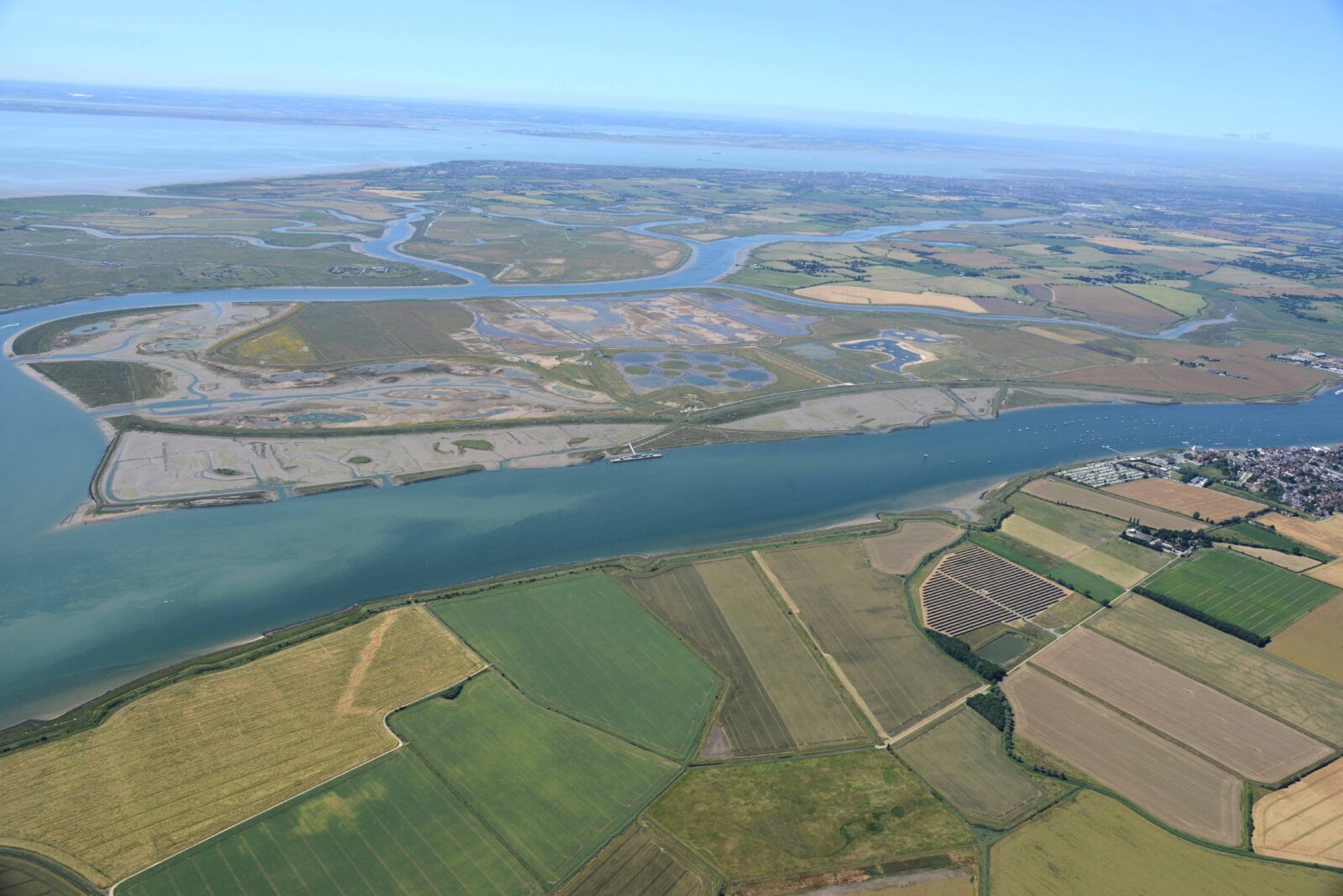
Nature in decline
State of Nature 2023 shows that the decline in average abundance of 682 terrestrial and freshwater species declined by 32% between 1970 and 2021, with 316 species showing a strong or moderate decline.
Whilst the overall trend in average abundance for 15 terrestrial mammals shows no change since 1998, Hazel Dormice have declined strongly during that time whereas some bat species are slowly recovering from previous declines at the national scale.
Common bird species have declined on average by 16%, within this group farmland birds have suffered particularly strong declines of on average 59%.

“UNDERSTANDING THE STATE OF NATURE IS A VITAL PLATFORM FOR CHANGE AND IS THE STARTING POINT FOR TACKLING LOSSES.”
Trends in marine species
The abundance indicator for 11 seabird species in England shows that species that forage on the surface of the sea, like Kittiwake, declined on average by 22% compared with diving birds that increased on average by 168%.
Demersal fish – those living close to the sea floor – declined in abundance by 23% since 1993 in the North Sea. Whereas across the Wales, England and Northern Ireland Celtic Seas they showed an increase of 8%, potentially indicating the recovery of some species.


Reasons for decline
Although it is difficult to compare the multitaxa species’ abundance indicators for each country, the average decline in species’ abundance of 32% in England, is considerably greater than for the UK (19%).
Intensive management of agricultural land – which constitutes 69% of England’s area – is one of the most significant factors driving species population change.
The abundance of hundreds of moth species has declined
substantially in England in the last 50 years and climate change has been highlighted as a major pressure on moth populations.
Ecological restoration
Anthropogenic pressures have resulted in significant habitat loss, change and degradation in the UK. Ecosystem restoration plays a vital role in reversing these trends by enhancing biodiversity, ecological function and ecosystem services. In England, the UK Government has pledged to restore or create over 500,000 ha of wildlife-rich habitats by 2042.
Only half of English saltmarsh are in good ecological condition. Over the last 400 years, the Essex coast in south-east England has lost 91% of its intertidal salt marsh to land claims for agriculture. Since 2009, Wallasea Island, on the Thames Estuary, has seen the transformation of over 400ha from arable farmland to saltmarsh, mudflats, lagoons and grazing marsh.


Conservation success
Water Vole numbers declined in abundance by 47% between 1998/99 and 2016.
Waterlife Recovery East has been coordinating efforts across Norfolk, Suffolk and Cambridgeshire to eradicate non-native American Mink to protect Water Vole populations.
Extensive trapping began in 2021. The 700 smart traps send alerts to a central hub, reducing the amount of volunteer monitoring effort required. The mink population declined by 71.5% in the first year, and Water Vole numbers have begun to recover.
Explore all countries
There are ways you can help nature
Producing the State of Nature report was only possible due to thousands of volunteers giving up their time to help record and monitor wildlife. There are a number of schemes which need more help.
You can count wildlife with these organisations:
State of Nature partners welcome volunteers to help with a wide range of tasks from managing nature reserves to answering the phone. Whatever your skills, you could help nature by volunteering your time and support.
Volunteers are always welcome with the organisations below:
From bats to butterflies, nature needs your help. Manage your space for wildlife, whether it’s in your garden, house, window box, school or office you can help nature thrive.
These are some of the organisations with great ideas for your green space:
From protecting important sites for wildlife to defending the laws that protect nature you can make your views count.


















